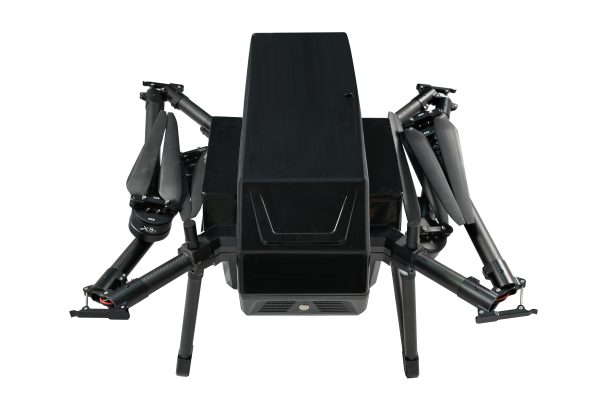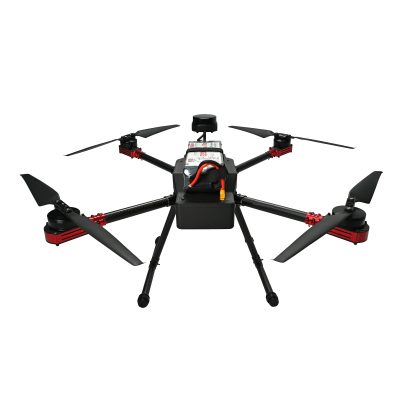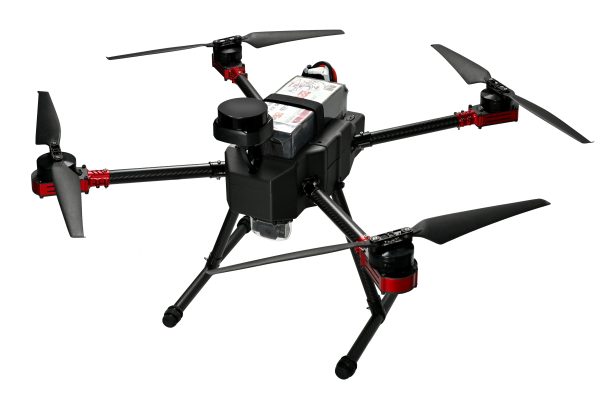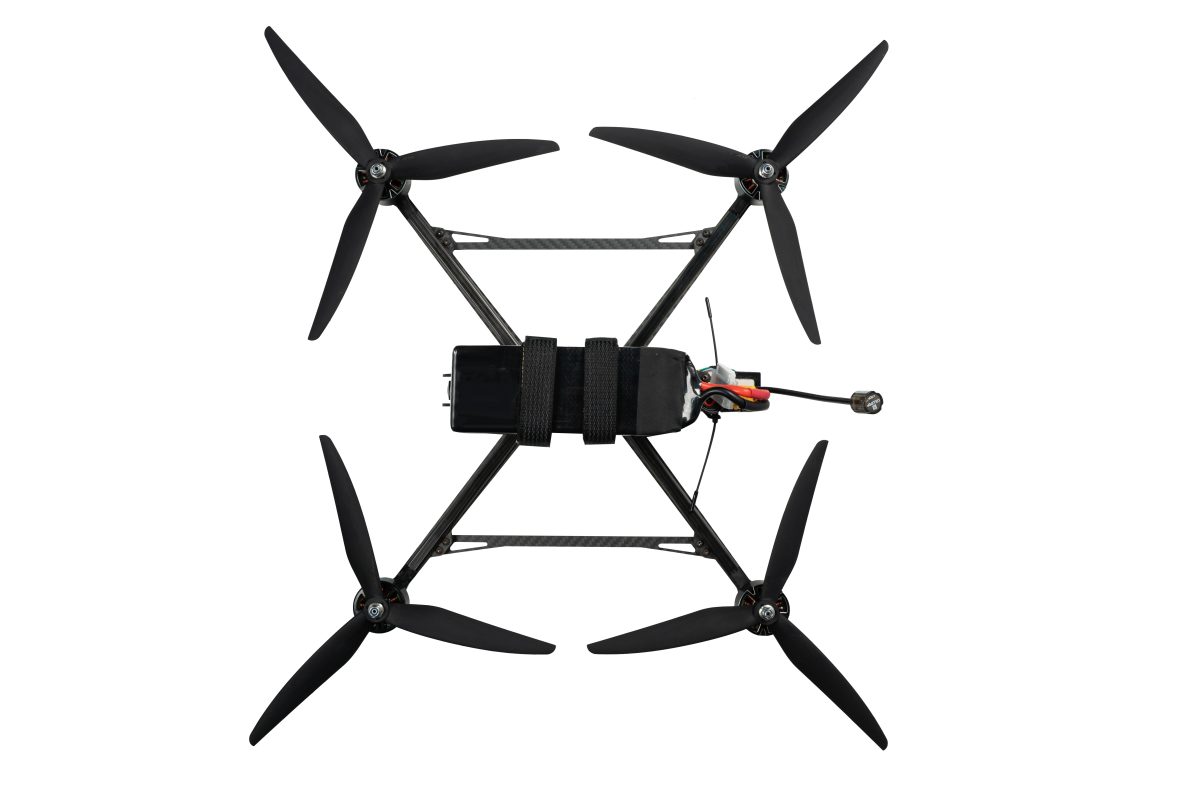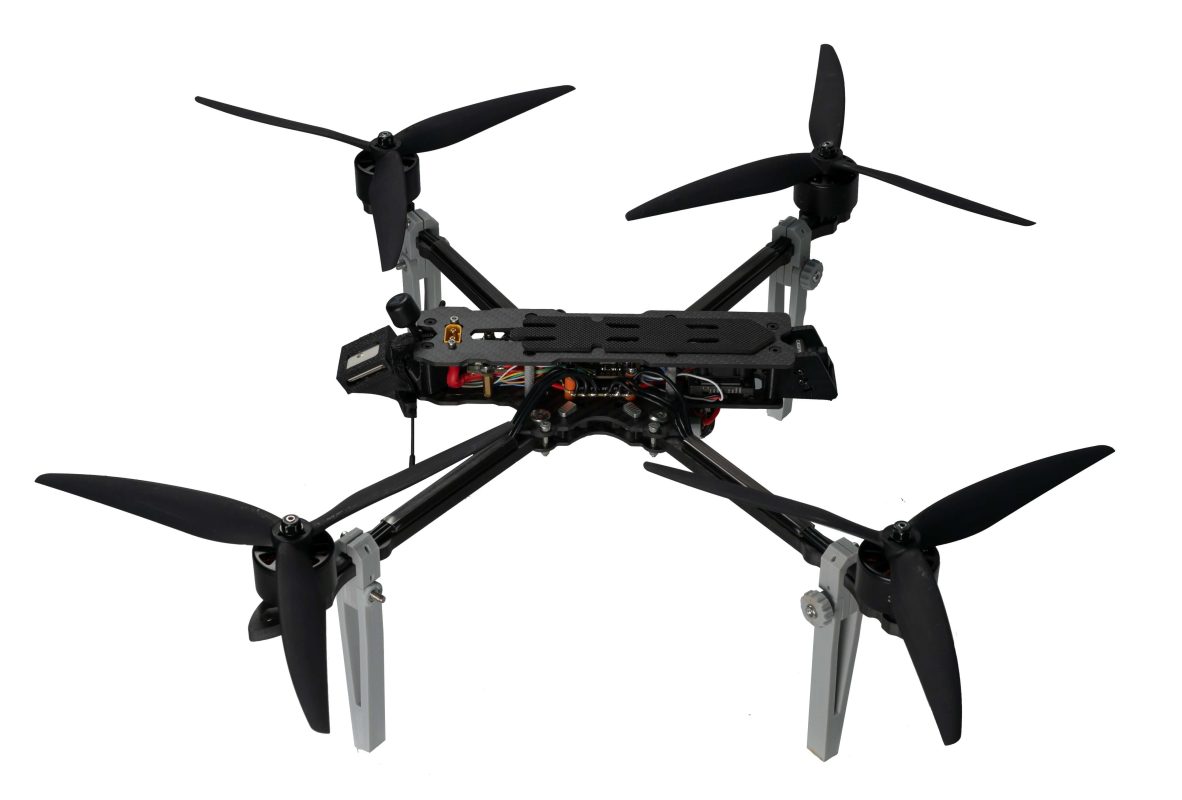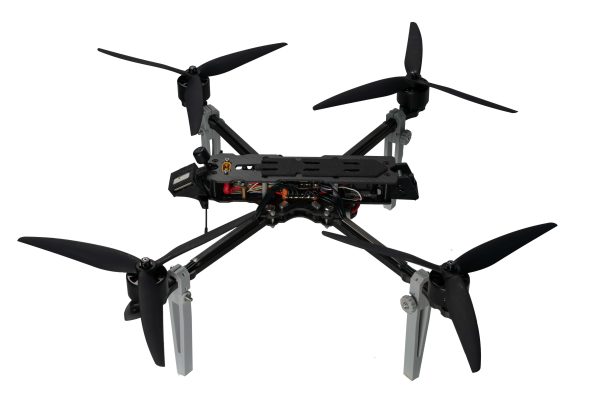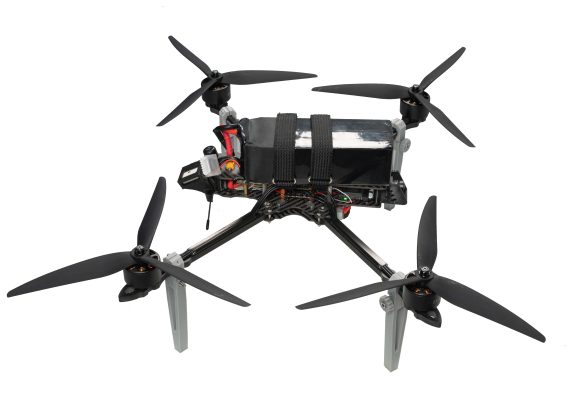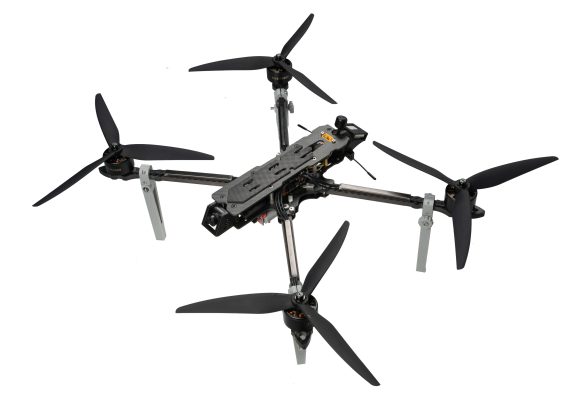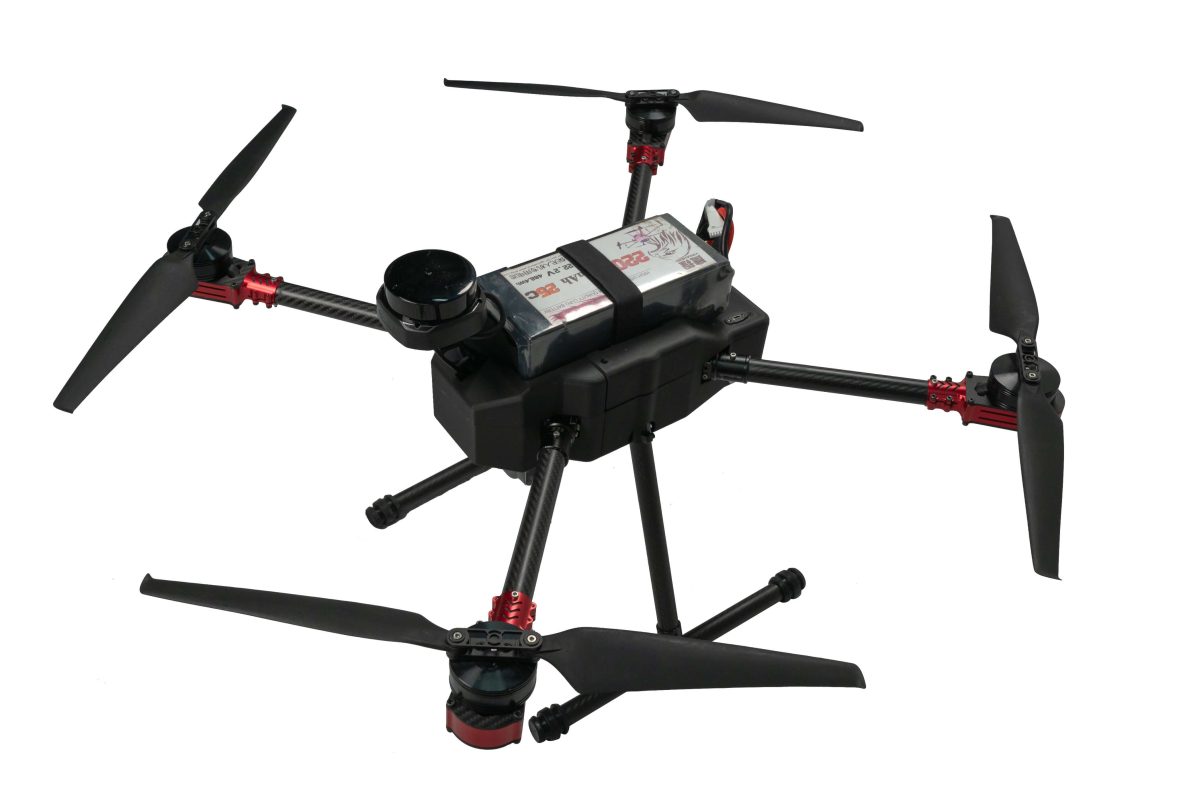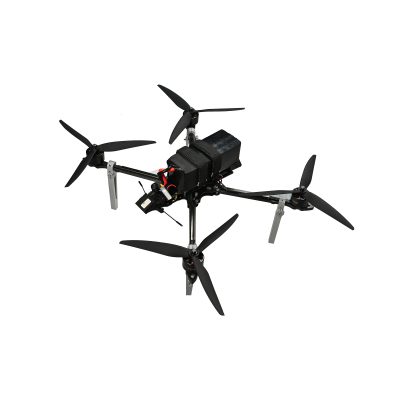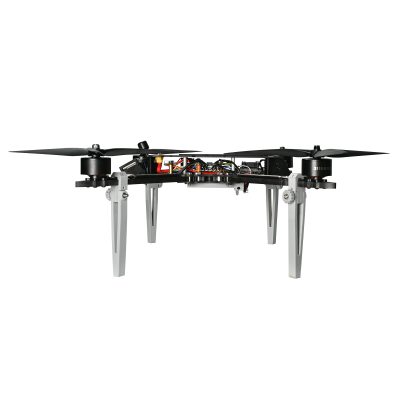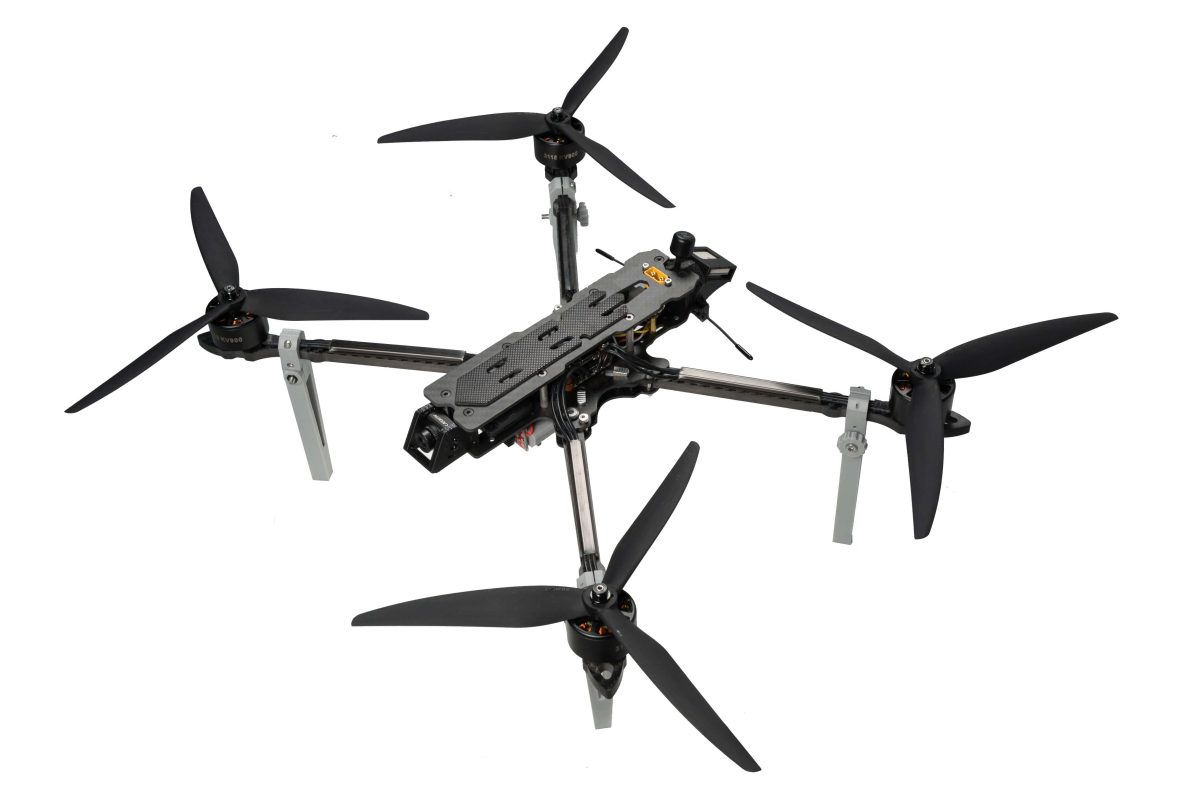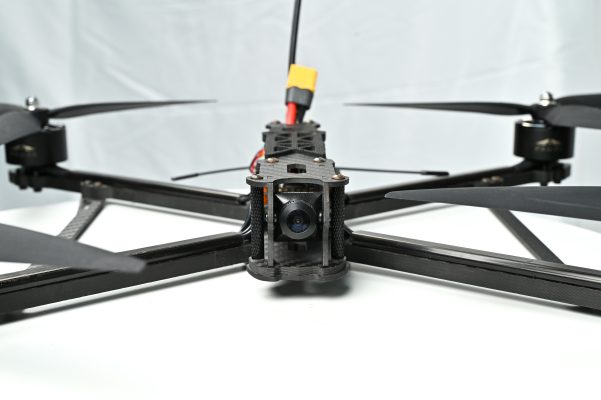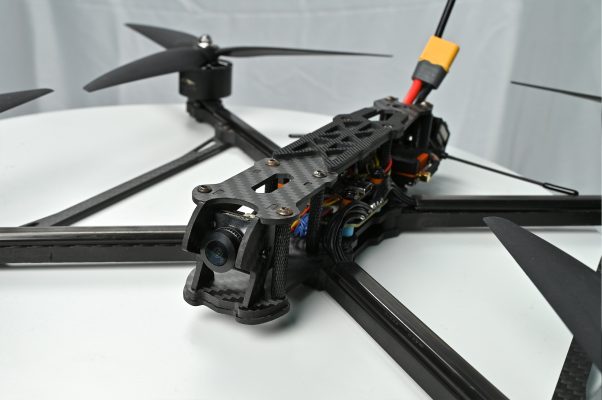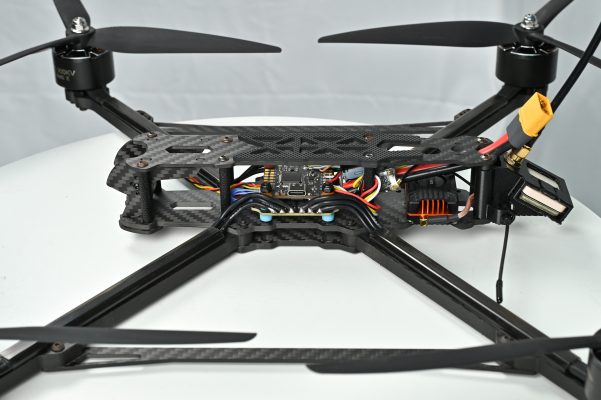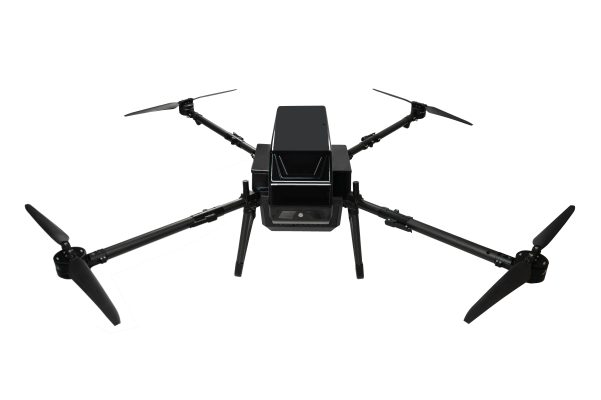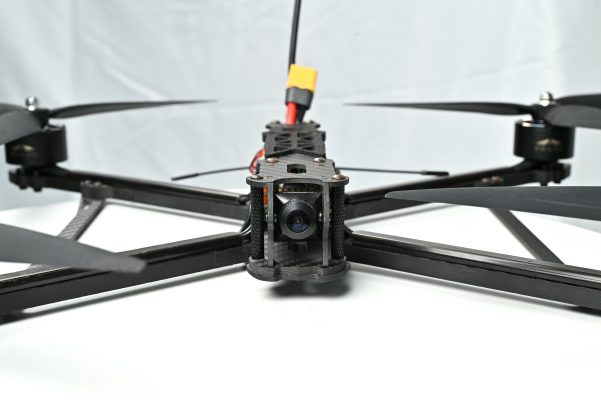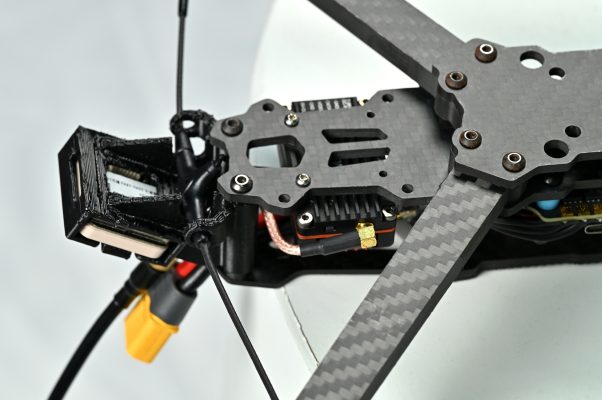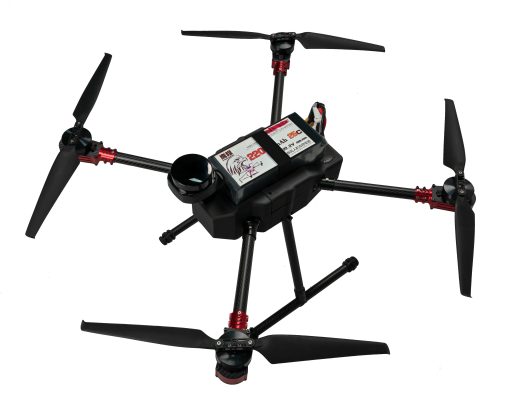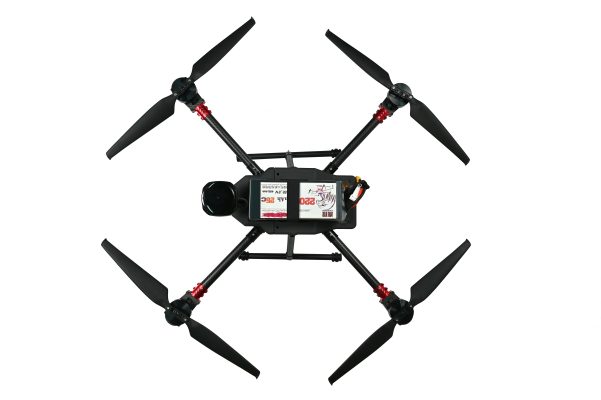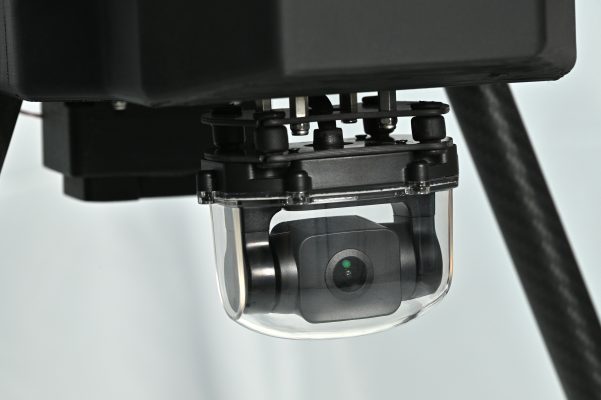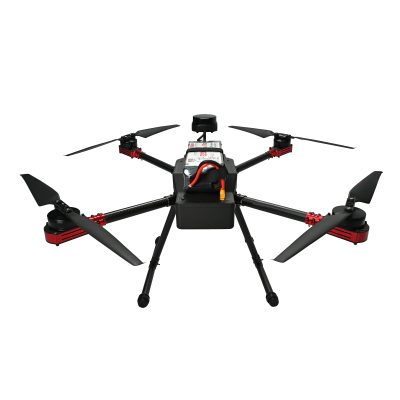Intro: Small Gear, Big Impact
When most people think about FPV drones, they focus on the quad, the goggles, and the transmitter. But there’s a whole world of accessories that can dramatically improve your flying experience, flight safety, and gear longevity. At FD (FPV Drones), we often recommend these underrated yet essential tools — here’s our top picks for accessories every FPV pilot should have.
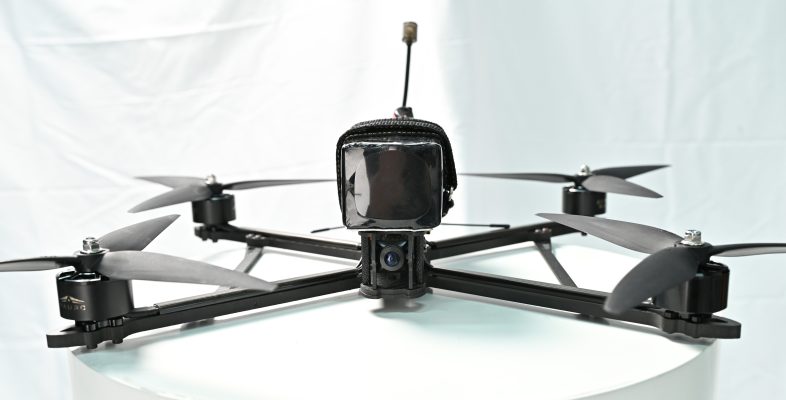
1. Battery Straps with Anti-Slip Coating
The stock straps that come with most drones are basic and often wear out quickly. Upgrading to high-quality battery straps with rubberized anti-slip backing ensures your LiPo stays firmly mounted, even during flips or crashes.
Pro Tip: Always keep a few spares in your gear bag — straps wear down over time, especially after crashes.
2. Smoke Stoppers: Save Your Drone Before the First Flight
A smoke stopper is a simple inline tool that protects your drone’s electronics during power-up by limiting current. If there’s a short circuit, the smoke stopper prevents damage by blocking power.
This is a must-have for custom builders or anyone doing repairs.
3. Goggle Lens Protectors and Sunshades
Your FPV goggles are one of your most expensive and critical tools. Adding lens protectors or sunshades prevents accidental scratches, glare, and light leaks. Some models also help focus if you’re farsighted or nearsighted.
Available for DJI, Walksnail, HDZero, and analog goggles at FD.
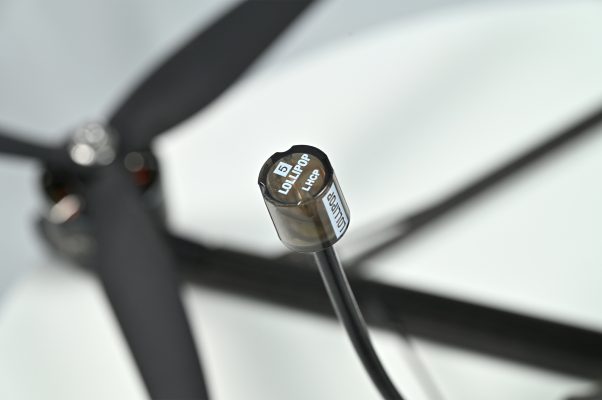
4. Field Tool Kit
Every FPV pilot should have a compact field toolkit that includes:
-
1.5/2.0/2.5mm hex drivers
-
Prop wrench
-
Precision screwdriver set
-
Zip ties & electrical tape
-
Spare props
-
XT60 to USB adapter
Whether you’re replacing a motor arm or tightening your camera mount, these tools will save you a trip back home.
5. Battery Voltage Checker / Buzzer Combo
Over-discharging a LiPo battery can permanently damage it. A voltage checker + buzzer combo plugs into your battery’s balance port and emits a loud beep when voltage drops below safe levels (e.g., 3.5V per cell). Some also act as crash-finders in case your quad goes down in tall grass.
6. Action Camera Mounts (GoPro, Naked GoPro, Insta360)
If you film your flights, a proper TPU mount is critical. Choose one with anti-vibration padding, secure strap routing, and the correct camera angle. FD offers mounts for 5″, 7″, and CineWhoop drones compatible with a range of cameras.
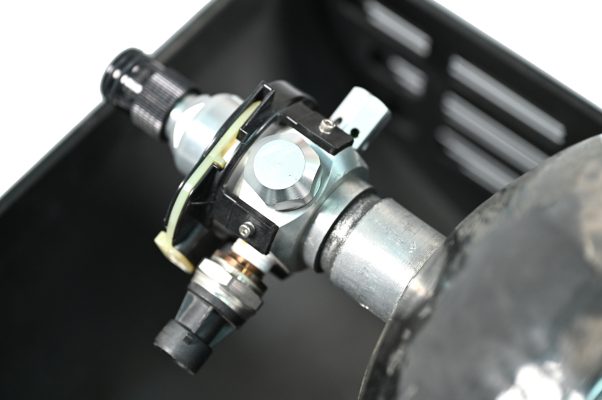
7. Fireproof LiPo Bags
Never store or transport LiPo batteries loosely. A fireproof LiPo bag is designed to contain flames in the event of a battery fire. It’s an inexpensive accessory that could save your house, backpack, or car.
8. Prop Guards for Beginners or Indoor Flights
Flying indoors or around people? Add prop guards to protect your drone and surroundings. They reduce blade damage and improve safety during training sessions — especially for kids or first-time pilots.
Conclusion: Accessories Matter More Than You Think
While drones, goggles, and radios steal the spotlight, it’s often the little tools that make flying smoother and safer. At FD, we stock a full range of accessories for analog and digital FPV pilots — tested, durable, and flight-proven. Equip yourself properly, and elevate your entire flight experience.

